Underutilized wine goblets sit dusty in my cupboards, no doubt envious of the oft-used water and juice glasses. To some, this is appalling; to others, it is sheer sacrilege… – Iris McCarthy, Food writer and semi-teetotaler
Truth be told, I’m not much of an imbiber. Underutilized wine goblets sit dusty in my cupboards, no doubt envious of the oft-used water and juice glasses. To some, this is appalling; to others, it is sheer sacrilege as I found out during a recent lunch meeting with a colleague who happens to be something of a master oenophile. He was born in a small countryside village in Nice, France so like most of his countrymen he practically has vin rouge for blood.
We met at a sidewalk BYOB in Bethlehem where he was waiting with a couple of bottles of wine for a little lunchtime tippling and almost instantly I felt a familiar dread wash over me and I knew an explanation was in order. See, this is what happens every time I find myself in a situation like this. I don’t like the taste of alcohol—it has never appealed to me and I have never eaten a meal that has been enhanced by what’s in my glass. (Cue the angry mob and pitchforks.)
We exchanged air kisses (the two-cheek European method, natch) as he began to chat incessantly about his latest trip to France and all of the delicious wines he and his wife, a fellow wine enthusiast, had sampled. As he waxed poetic about appellations, vintages and viticulture, my eyes glazed over and my mind wandered.
Did I remember to unplug the toaster this morning? What time does the dry cleaner close?
My wandering thoughts were interrupted by the clearing of his throat. Apparently, my disinterest wasn’t as concealed as I hoped. He waved his hand over the two wine bottles—a red and a white—and asked which I preferred. Dismissively, I told him it didn’t matter; I was more interested in the restaurant’s menu of traditional Kenyan dishes as I contemplated beef karanga, ugali and cabbage and peanut soup.
I thought about how I wanted to smother anything and everything I ordered with the restaurant’s spicy homemade pili pili sauce, but I could see that my glib dismissal of the wine selection had caused what looked to be the beginning of a coronary for my dining partner. His normally soft whisper of a French accent turned into a full-blown cacophony as he tried to make sense of my indifference.
After a series of rapid-fire questions, he delivered the equivalent of a deathblow.
“How can you call yourself an authentic food writer if you don’t drink wine? The two go hand in hand and you can’t love one without loving the other.”
Ouch.
His inference that proficiency in my profession can only be achieved by downing a few glasses of wine with the food to which I’ve devoted the last handful of years was unsettling. More importantly, it was an interesting thought. Did he have a point?
Food and wine pairings are nothing new—history and art often speak of the relationship shared by the two and in today’s society, food and wine are often mentioned in the same breath. So, was I in some way doing my career a disservice by not drinking wine?
He reached across the table and filled my glass with a generous pour of white wine—Riesling to be specific—and gave me a stern nod.
Drink up, his nod encouraged.
My expectations were admittedly low but as soon as the crisp sweetness hit my palate, I was an instant fan. By the time our food arrived—spicy African meats and stews—I was chatting about French wine, varietals and terroir like a bona-fide expert but clearly I had gotten ahead of myself as evidenced by my colleague’s laughter.
Bemused, he informed me that the bottles of wine were from neighboring Galen Glen Winery near Jim Thorpe. So much for discussing Alsatian wine—this wine was about as local as you could get and it was beyond delicious. It was completely approachable and drinkable—not at all intimidating like some wine has a tendency to be.
Hints of lemon and grapefruit were prevalent and a sip offered just the faintest sweetness. In a word, it was perfect and to my surprise it complemented the ethnic eats in a way that made me a believer in the power of food and wine pairing.
In the months that followed that lunch, I visited Galen Glen quite a few times hoping to foster my inner oenophile and, though I won’t be constructing a wine cellar in my home just yet, I have come to appreciate wine in a way I didn’t think was possible. Needless to say, my wine glasses aren’t so dusty anymore.
This essay was originally published in Lehigh Valley Style magazine in my “Fork in the Road” column
GUIDE TO GRAPES
Are you a budding oenophile? If so, it’s helpful to know a few things that will help familiarize you with wine and when it comes to vino, there’s nothing more important than grapes. Here’s a handy reference guide of major wine-producing countries and the grapes for which they are known.
1. United States – Cabernet Sauvignon, Pinot Noir, Chardonnay, Merlot, Zinfandel
2. Chile – Cabernet Sauvignon, Sauvignon Blanc
3. Argentina – Malbec, Bonarda
4. Spain – Tempranillo, Albarino, Garnacha, Palomino
5. France – Cabernet Sauvignon, Merlot, Cabernet Franc, Pinot Noir, Grenache, Syrah, Viognier, Chardonnay
6. Italy – Sangiovese, Nebbiolo, Barbera, Moscato, Pinot Grigio
7. Germany – Riesling, Gewurztraminer, Sylvaner
8. South Africa – Pinotage, Chenin Blanc
9. Australia – Shiraz, Chardonnay
10. New Zealand – Sauvignon Blanc, Pinot Noir
HOW TO READ A WINE LABEL
Wine labels are more than just pretty stickers on a bottle; they need to be decoded to be understood. You’ll find just about everything you need to know on a label and once you learn what to look for, you’ll be selecting wines like a sommelier.
Varietal – Describes a wine made primarily from a single named grape variety (think Chardonnay, Cabernet Sauvignon, or Merlot); if a label displays a hyphenated name like Chardonnay-Viognier, it is considered a blend.
Region – A wine-producing area—California’s Napa Valley is an example of a region.
Producer – The company or person responsible for receiving the grapes and for the production, manufacture and/or blending of wine products.
Alcohol Percentage – Refers to the alcohol content of the whole bottle; often expressed as a percentage and is typically abbreviated as ABV (alcohol by volume).
Vintage – Perhaps the most confusing wine term to hopeful enthusiasts, this term simply refers to the year the grapes were picked.


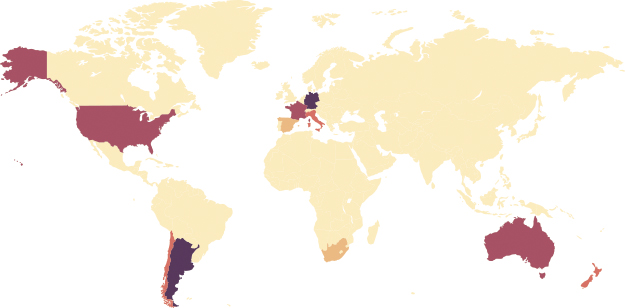

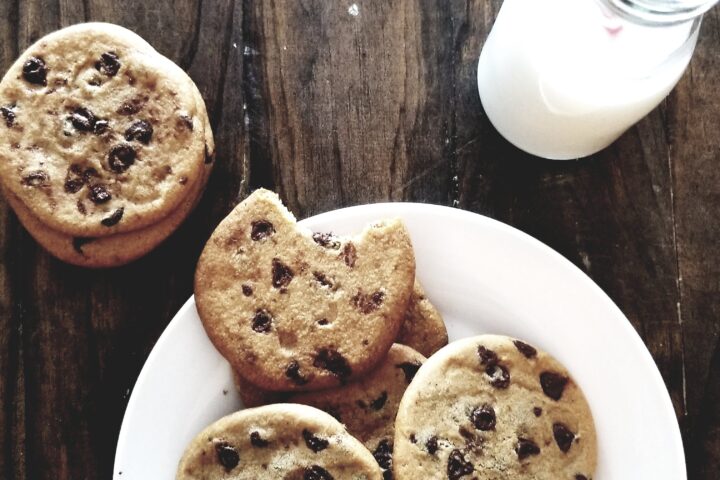


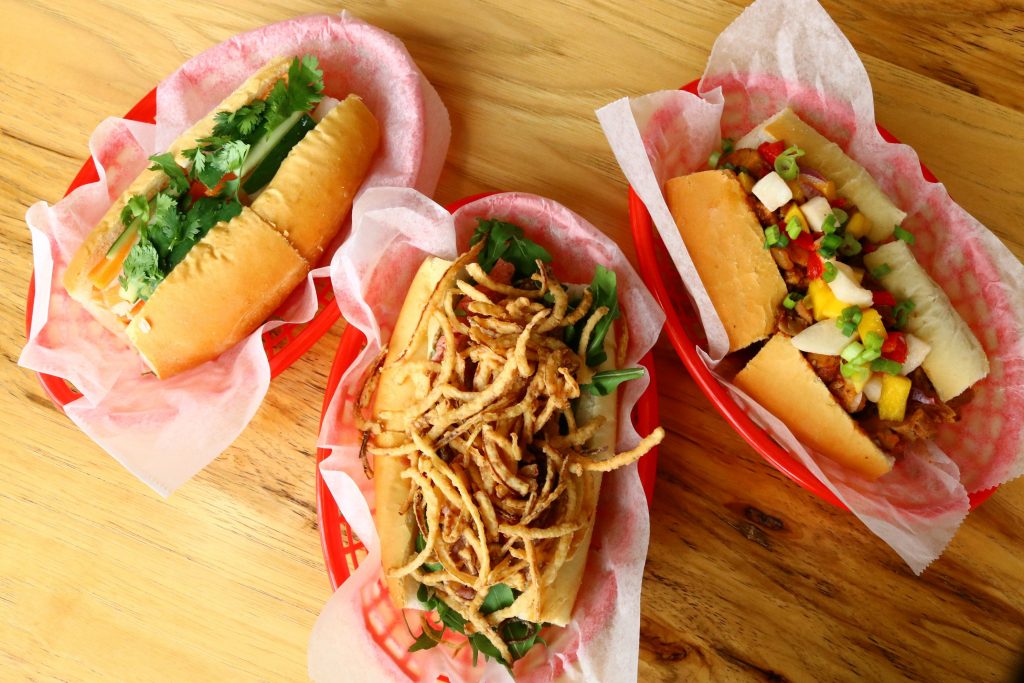


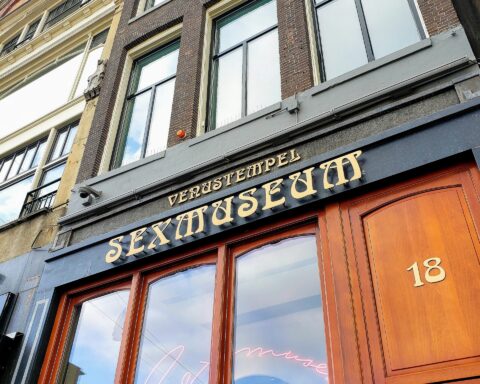
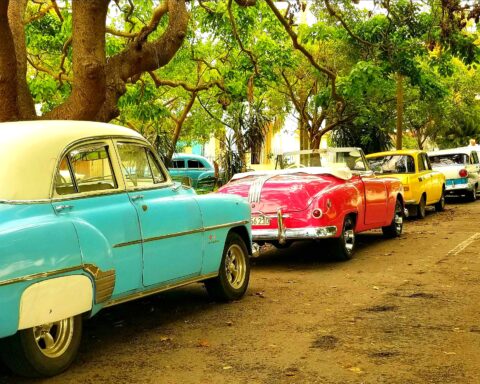


[…] post In Vino Veritas: Does a Food Writer Have to Love Wine, Too? appeared first on .:: The Palate Princess […]